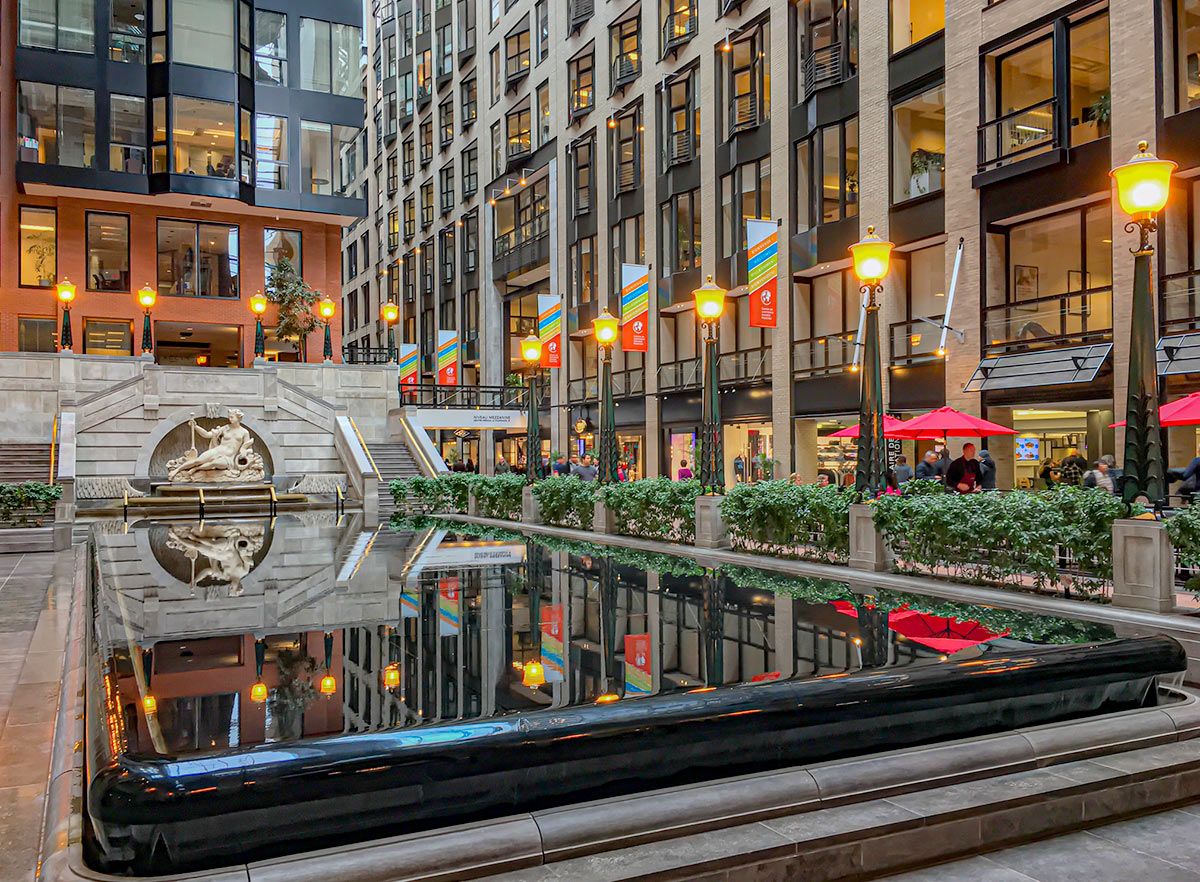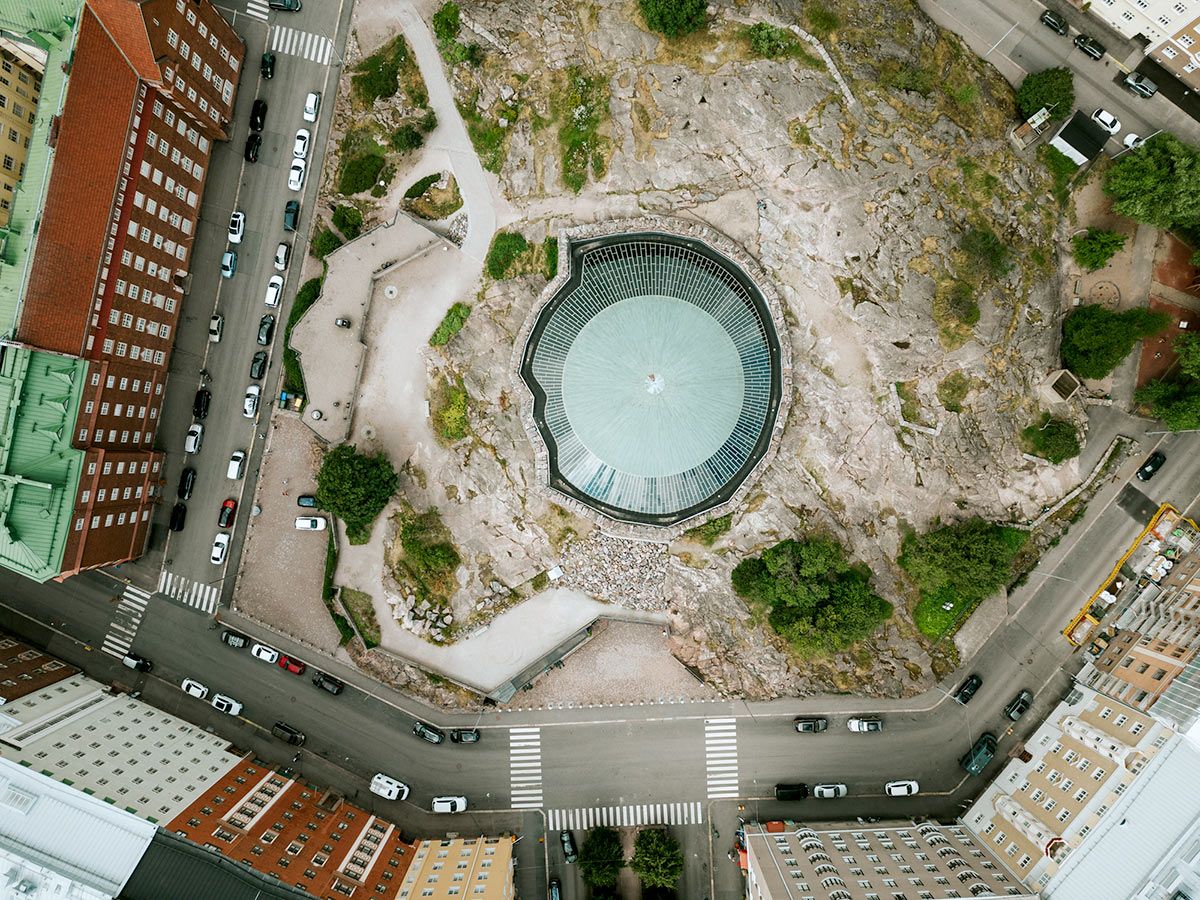

Singapore is going underground to build up its infrastructure.
From rail lines
and service reservoirs
to ammunition bunkers
and rock caverns for storing hydrocarbons.
It’s clear opportunities are underfoot, literally, for the country to make full use of its limited land.
Singapore: Life underground
There are already plans to build more essential infrastructure below the surface, but will this mean us living there too? Find out in our interactive.
Kevin Kwang |
Singapore has built extensive underground networks for rail, sewerage and electricity transmission systems, with around 300km of tunnels constructed already.
The Urban Redevelopment Authority (URA) said it plans to add around 60km more in the next decade, according to its media materials during the launch of the Draft Master Plan 2025 in June this year.
Bencoolen MRT is currently the deepest train station in the country at 43m below ground.
Elsewhere, the country’s first underground service reservoir1 came online in 2024.
It is located 9m below a neighbourhood park in Bidadari, and serves 8,800 households in the area when fully operational.
But going beyond these projects is the Jurong Rock Caverns.
Located 150m below ground, the caverns was opened by then-Prime Minister Lee Hsien Loong in September 2014.
Developer JTC says it is the first commercial underground rock caverns facility to store liquid hydrocarbons in Southeast Asia. This helps free up land of around 70 football fields.
And there could be more to come.
Authorities are exploring the feasibility of building another underground cavern for storing construction materials at Gali Batu, within the Gali Batu industrial estate next to Sungei Kadut.
They are also looking at whether larger infrastructure for water and energy can be housed below ground.
What’s in the works?
Bencoolen MRT, at 43m deep, will likely be dethroned as Singapore’s deepest train station once the Cross Island Line (CRL) comes into operation.
When completed in 2032, King Albert Park MRT station2 will be the deepest at 50m underground - or roughly the height of a 16-storey building. The next deepest? Pasir Ris MRT station at 47m underground, which is also set to be opened in 2032 on the Cross Island Line.
There have also been studies looking at whether data centres - a key component of today’s digital economy - can be housed underground.
While there aren’t any plans to do so currently, there are pros of doing so, said National University of Singapore professor Lee Poh Seng. These include enhanced cooling efficiency and reduced energy costs.
That said, the initial costs for excavation and waterproofing in Singapore’s geological context may offset such benefits, the head of NUS’ Department of Mechanical Engineering added.
Will more sinkholes happen if we increasingly build below ground?
In general, rock competency, or the rock quality, is better as we dig deeper, said NUS Professor of Civil & Environmental Engineering Yong Kwet-Yew.
And despite the variable soil conditions locally, he said there aren’t any areas we need to avoid digging in.
A Talking Point documentary3 highlighted that notable sinkhole incidents in the region recently tend to occur in areas rich in limestone rocks, which are soluble.
In Singapore, there are some areas that have rocks with a layer of limestone, said Senior lecturer of Geography at NUS Muhammad Nawaz.
These areas are Kent Ridge, Boon Lay, West Coast and Changi, he added.
However, Dr Nawaz said these areas are not rich in limestone so “it’s unlikely” that sinkholes will form naturally. The soil in these areas are richer in hard sediments like granite and norite.
In the same documentary, Mr David Ng, chairman of The Institution of Engineers, Singapore’s Civil and Structural Engineering Technical Committee said there are measures in place to prevent sinkholes from forming during construction.
For example, during tunnelling, engineers will measure the excavated volume of soil taken out so that there is no over-excavation and, hence, creating voids below ground, he explained.
Other measures include using ground penetration radars, which sends radio waves into the ground to detect any possible voids formed, Mr Ng said.
That said, it is more costly to construct below the surface and the space is finite as it is governed by territorial boundaries.
“So while we can exploit the use of underground space, we need a three-dimensional underground master plan to safeguard space above and below the ground for future use of underground space,” Prof Yong said.
Sinkholes were in the spotlight recently after one opened up along Tanjong Katong Road South4 this July, swallowing up a car and injuring the driver.
Sections of the area had to be closed off for a week for repair works to be done, and investigations over the cause of the sinkhole5 are ongoing.
Will we live underground one day?
In short, no. But that doesn’t mean we won’t be spending more time underground.
The URA has clearly stated that “there are no plans to place housing underground”.
“The priority is to place uses such as rail lines, utilities, warehousing and storage facilities underground.”
What should be considered, given climate change, is for better underground pedestrian connectivity, particularly in major shopping belts, Prof Yong suggested.
Given the projected heavy rainfall and extreme heat to come6, doing so would reduce street pedestrian crossing for smoother traffic flow and a more comfortable walking experience.
He cited Underground City in Montreal, Canada, as an example where its connectivity proves especially useful during winter.

The Underground City is a pedestrian network that links metro stations to shopping plazas over 33km, according to the Tourism Montreal website.
This is something URA has been exploring.
It said that, based on 2014 data, Singapore was at the forefront for underground rail development when benchmarked against 10 cities.
However, it had the lowest density for underground pedestrian links among these cities, the agency’s website said.
URA told CNA in an email that it had since drawn up plans for a “comprehensive underground pedestrian network” within the city area to provide pedestrians with a seamless and all-weather commute between major commercial buildings and MRT stations via underground pedestrian linkways (UPLs).
Around 2.5km of UPLs have been implemented along Orchard Road since, connecting the basement retail spaces of developments with MRT stations.
Naturally, Singapore isn’t the only country looking down for answers to space constraints in urban planning.
The Montreal example by Prof Yong hints at the work being done elsewhere to build out subterranean spaces.
In China, for example, Xiong’an New Area - its “city of the future” - has built its infrastructure facilities for electricity, communication, heating, gas and water supply below the surface.
Finland’s capital, Helsinki, too has a warren of underground structures for people to worship, work and play.

Top of mind is the Temppeliaukio Church, which is nestled between granite rocks and home to an actual Lutheran church. It is also a popular tourist spot and, due to its acoustics, a concert hall.
Given the impetus and investments going into the projects highlighted, it appears that the sky’s the limit for developments below ground.